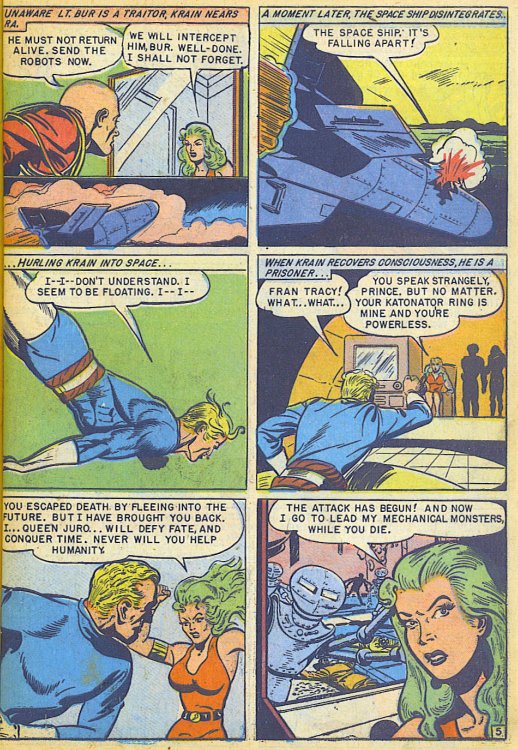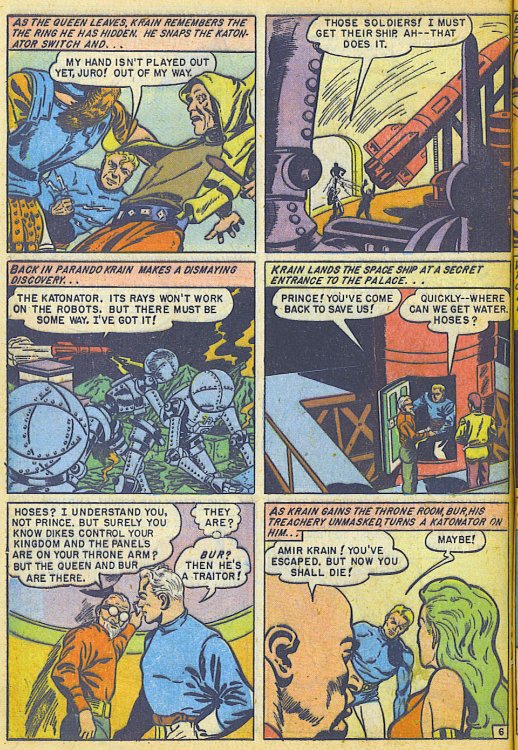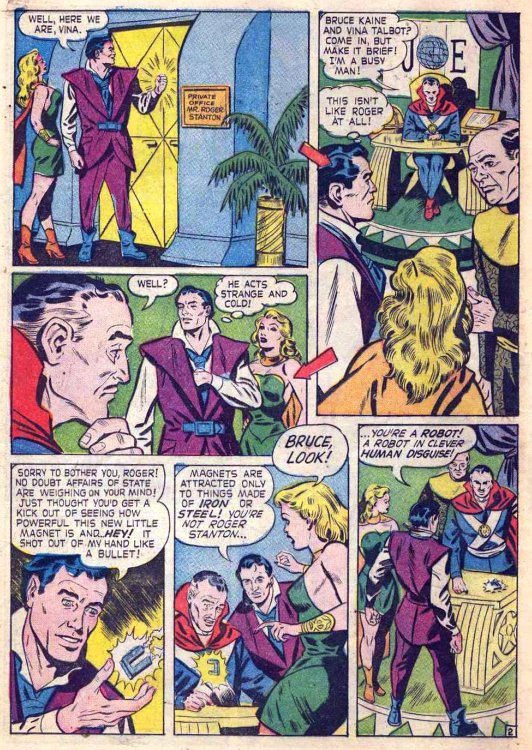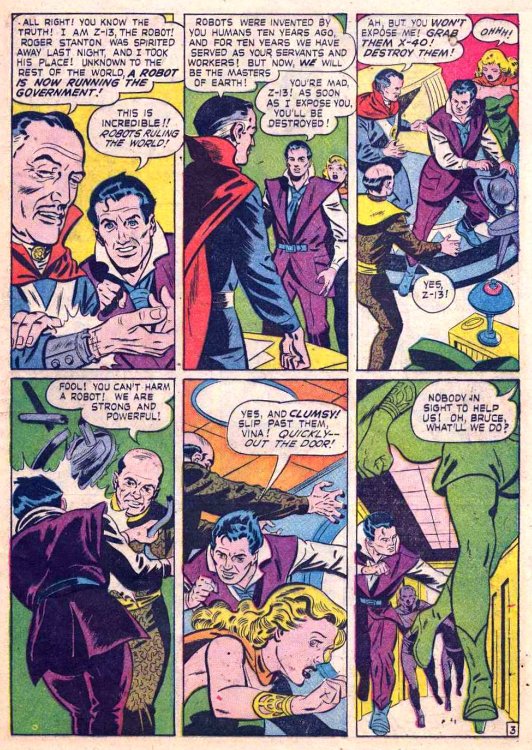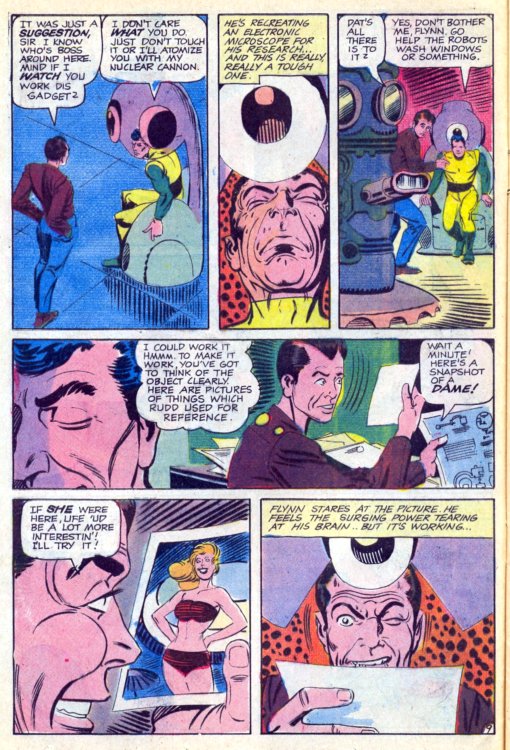Who Knows What Evil...?
Francesco Francavilla does, as this cover for #13 of Dynamite's Shadow comic book demonstrates!
BTW, if you want more
The Shadow stuff, have a look at...
The never-reprinted 1994 Alec Baldwin movie adaptation HERE!
(PLUS, a never-reprinted Gene Colan spoof of The Shadow radio show called "The Shadower", and a comic adaptation of a radio show episode HERE!)
(PLUS, a never-reprinted Gene Colan spoof of The Shadow radio show called "The Shadower", and a comic adaptation of a radio show episode HERE!)
The Shadow's
never-reprinted Bronze Age adventures with The Batman
and The Avenger as well as never-reprinted Frank
Robbins-illustrated stories (as well as the first part of the Shadow radio show adaptation) HERE!
The
Shadow's never-reprinted, campy costumed Silver Age
adventures HERE!














